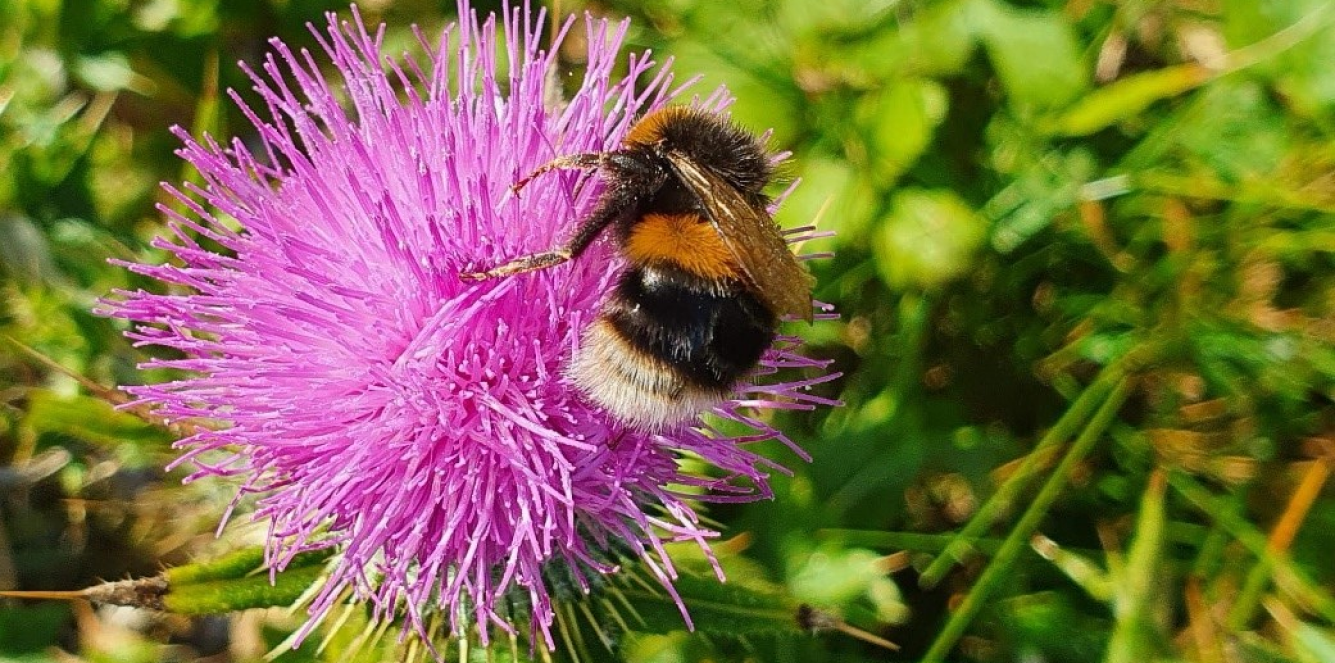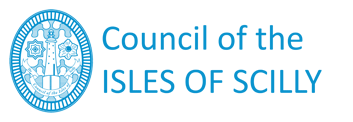
A Local Nature Recovery Strategy for Cornwall and the Isles of Scilly
Meeting the ambitions of the Environmental Growth Strategy needs clear and well-evidence priorities on how and where in Cornwall and the Isles of Scilly we should take action to recover nature.
We need a blueprint for a Cornwall and Isles of Scilly Nature Recovery Network which identifies how we can protect, enhance, create and restore nature. This will lay out how we can take steps to reach our goal that 30% of our land and seas in Cornwall and the Isles of Scilly are well-managed for nature by 2030.
it will help us tackle the ecological emergency by ensuring that nature is bigger, better and more joined up - kick-starting the recovery of nature to support our wildlife, wellbeing and prosperity.
This is where the Local Nature Recovery Strategy comes in.
Video Clip - Cornwall & Isles of Scilly Local Nature Recovery Strategy
What is a Local Nature Recovery Strategy?
Local Nature Recovery Strategies are locally-led plans for growing and recovering nature. They consist of
- a map of the most valuable areas for wildlife presently
- opportunities to improve nature in the future, and
- our local short-term priorities
Cornwall Council is leading on the creation of a new Local Nature Recovery Strategy for Cornwall and the Isles of Scilly, in partnership with the Local Nature Partnership and the Council of the Isles of Scilly.
When completed, the strategy will become a blueprint for the recovery of nature, showing how and where we can support things like wildflowers, woodlands, wetlands and wider and wilder hedges and edges.
Local Nature Recovery Strategies are statutory requirements of the Environment Act. This means that local areas must develop them, and report on the progress of the strategy every three to ten years.
How to get involved
It's important that Local Nature Recovery Strategies are developed alongside our communities and represent the wide range of views, needs and opinions from across Cornwall and the Isles of Scilly.
We want to know your priorities for nature. Please take our survey and look at our interative map at https://letstalk.cornwall.gov.uk/nature-recovery-plan-overview
